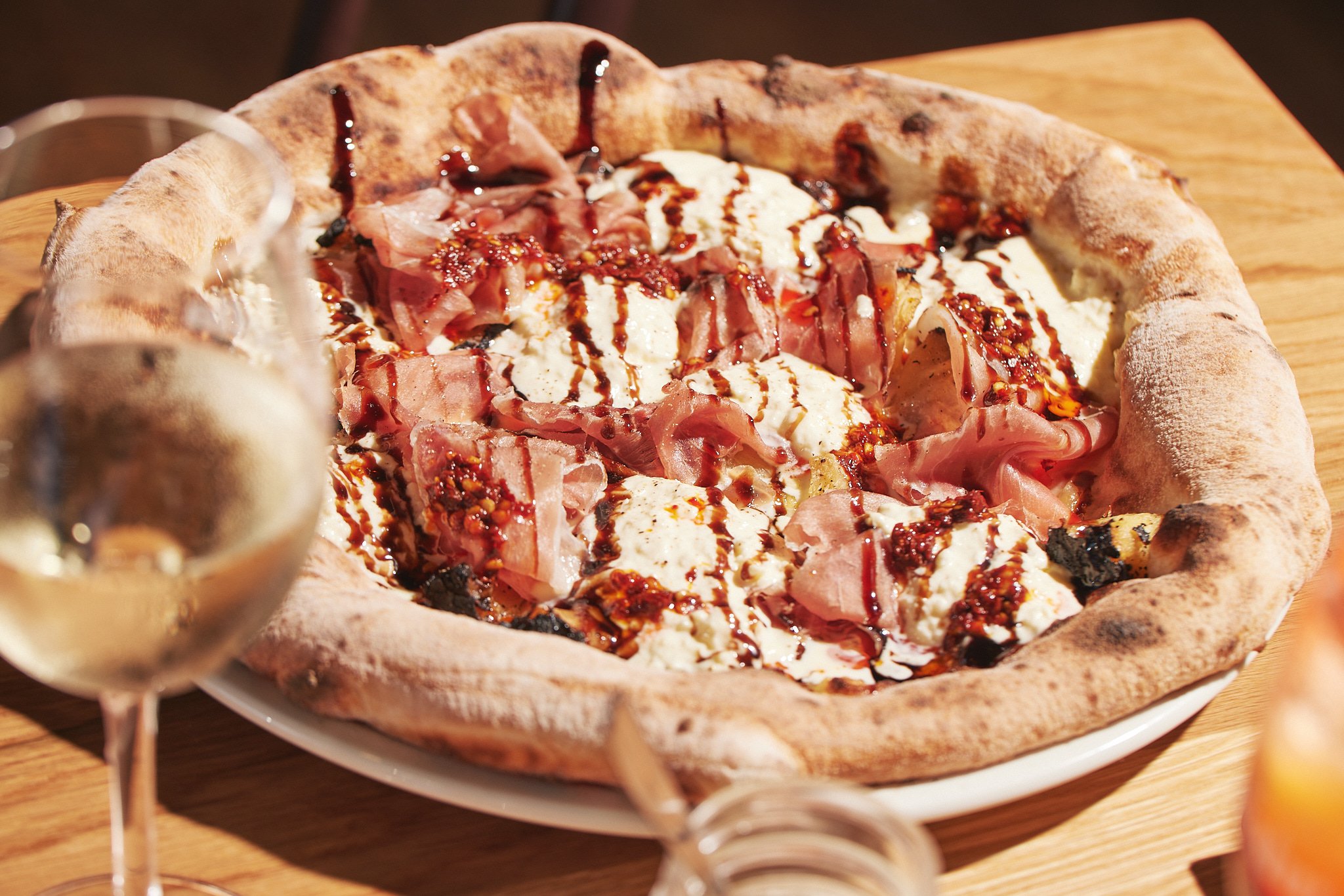Debunking the Myth: Do Italians Really Hate Pineapple Pizza?
Chef Francesco sitting by the window with his secret pineapple pizza.
In the world of internet humor, there's a well-known meme called "how to torture an Italian". The meme humorously depicts a man held captive, forced to watch a heinous act unfold before his eyes: someone placing a pineapple onto a pizza. The meme is quite amusing and, admittedly, it's built on a long-standing stereotype: the idea that Italians would rise in fury should anyone dare meddle with their time-honored recipes. Surely, topping a pizza with pineapple is perceived as the most egregious culinary crime possible, right?
Or is it? Intrigued by the meme's implication, I decided it was time to shed light on this matter. What's the real perspective of my Italian compatriots on the pineapple pizza controversy? The short answer might surprise you: it's a resounding "no". However, there's some context to this.
It's undeniable that Italians are fiercely protective of our culinary traditions and cultural heritage. This passion, after all, is how such stereotypes are born. However, you may be astonished to find out that the pineapple pizza debate is not as contentious in Italy as other food-related controversies, such as using cream to create carbonara sauce, which is a sure-fire way to drive an Italian to distraction.
The popular Smokey Ananas Pizza on the black charcoal base at Roccella East Melbourne
Despite renowned pizza maestros like Gino Sorbillo or Enzo Coccia publicly renouncing the use of pineapple, they represent the old guard of pizzaiolos. Modern Italian pizza chefs have been more adventurous, introducing pizzas topped with pineapple on their menus to considerable success. One prominent example is Franco Pepe, but he is far from alone. Take for instance, the delectable pizza at Crosta Pizzeria in Milan that combines roasted pineapple, ventricina salami, onion, and coriander.
It's worth noting that Sam Panopoulos, a Greek-born Canadian, invented the first Hawaiian pizza at his restaurant in Chatham, Ontario, Canada in 1962. Drawing on his experience with Chinese dishes, which often blend sweet and savory flavors, Panopoulos experimented with pineapple, ham, bacon, and other toppings, though they weren't immediately popular. You can delve into the full history of Hawaiian pizza [here].
Voted one of Roccella’s best pizzas is the Smokey Ananas Pizza seen here
Innovation is at the heart of the culinary world. Every ingredient deserves scrutiny, experimentation, and to be challenged. Pineapple is no exception to this culinary creed. Inspired by this philosophy, we've crafted our own version: the increasingly popular Smokey Ananas Pizza here at Roccella. The process involves roasting pineapple in the oven and using its juice, combined with liquid smoke, to marinate the pieces. We then top a mozzarella pizza base with the prepared pineapple, and after cooking, we garnish it with fresh slices of prosciutto, stracciatella cheese, and a drizzle of smoked balsamic glaze. This recipe offers a delicate balance of sweet, salty, and smoky flavors. And yes, we happily eat it too!
Until next time..
Ciccio
Smokey Ananas Pizza at Roccella East Melbourne




